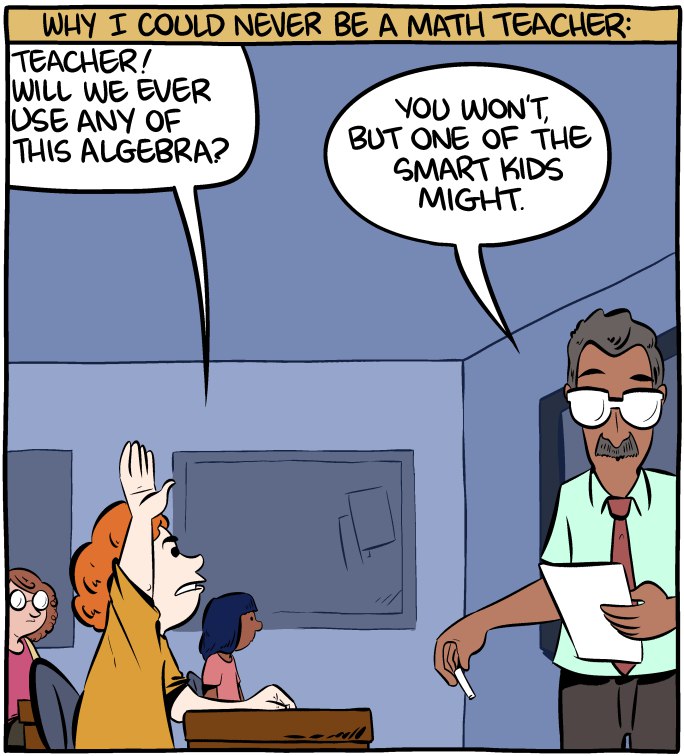Ranter
Join devRant
Do all the things like
++ or -- rants, post your own rants, comment on others' rants and build your customized dev avatar
Sign Up
Pipeless API

From the creators of devRant, Pipeless lets you power real-time personalized recommendations and activity feeds using a simple API
Learn More
Comments
-
Love this and love you. Number theory is underrated for programming in general too.
-
@phat-lasagna thanks, yeah im really starting to like number theory and the various intersections it has to other types of maths.
If you look at the table of products, and you know either of the intersecting squares, with a little arithmetic you can figure out the product's factors. Knowing the pair of intersecting squares is then equivalent to knowing the factor pair.
Interesting the further your product is away from the center diagonal of squares, the more pairs of squares you have to try in order to factor the product. Might be applicable to estimating the minimum complexity a (currently) unknown but polynomial time (or subpolynomial) algorithm would take to factor a given product.
Also, if you look at the difference between a given factor row, and each diagonal to the right above it, it forms a growing series of odd numbers.
And I had this idea that if you could estimate the diagonal a product was on, you could place the relative row or column and thus factor it. -
(Continued)
So the problem changes from factoring (finding the column or row), to finding the diagonal and position within it.
I think its doable, it just needs more exploration.
It does appear that relative distance to the squares changes certain properties signficantly, which means theres definitely multiple classes of solution.
Right now I'm exploring the sum of odd numbers under the 2nd-nearest power of 2 (relative to a product), because this relates to mersenne numbers (basically "rotations" or shifts on the multiplication table), which presents both a geometric approach and a modular approach to the problem. Because if a product (such as a semiprime) can be shift to another, easier to factor product, then we can use that to determine the relative diagonal our original product lays on, and possibly its position within that diagonal, which would immediately give us the row and column and thus the factors -
Anyway I dont know if it's possible, but I think theres *something* there, my gut and intuition just says to keep exploring and trying different approaches to see what details or unexpected finds pop up.
-
Isn't that very obvious? Of course this has to be the case.
Write the numbers in binary. -
@Wisecrack Then you see why this is the case. It is much easier to think about when you think binary.
Related Rants

 Math is hard.
Math is hard. When you wanted to know deep learning immediately
When you wanted to know deep learning immediately :)) finally a good answer
:)) finally a good answer
While I was exploring multiplication tables I stumbled on something cool.
Take any power of 2 on the multiplication chart.
Now look at the number in the bottom left adjacent box.
The difference of these two numbers will always be a Mersenne number.
Go ahead. Starting on the 2's column of a multiplication table, look in the bottom left of each power of 2 and get the difference.
2-2 = 0
4-3= 1
8-5 = 3
16-9=7
32-17=15
etc.
While the online journal of integer sequences lists a lot of forumlas, I just wrote what came to mind (I'm sure its already known):
((2**i)-(((2**i)/2)+1))
The interesting thing about this is it generates not only the Mersenne numbers, but if you run i *backwards* it generates *additional* numbers.
So its a superset of mersenne numbers.
at i = 0 we get -0.5
i=-1 -> -0.75
i=-2 -> -0.875
i=-3 -> -0.9375
i=-4 -> -0.96875
And while this sequence is *not* mersenne numbers, mersenne numbers *are* in this set.
Just a curious discovery is all.
random
math